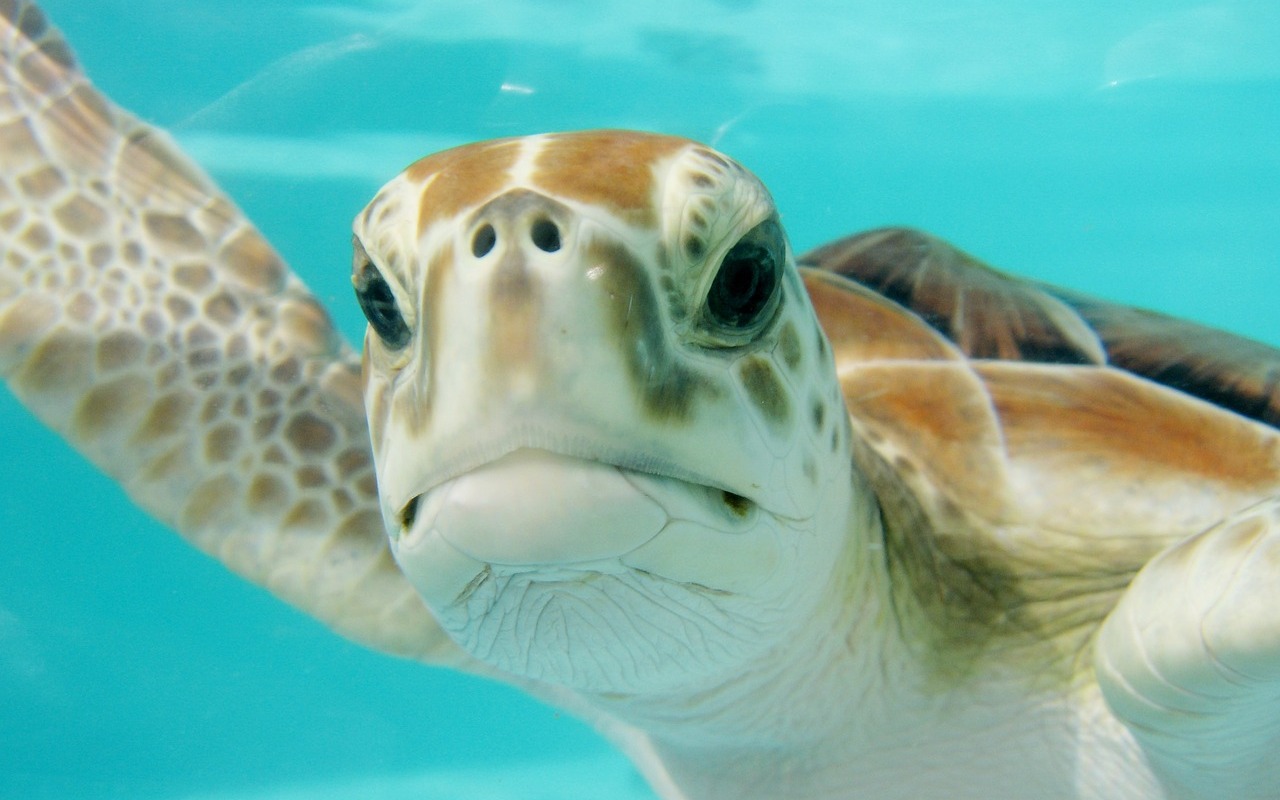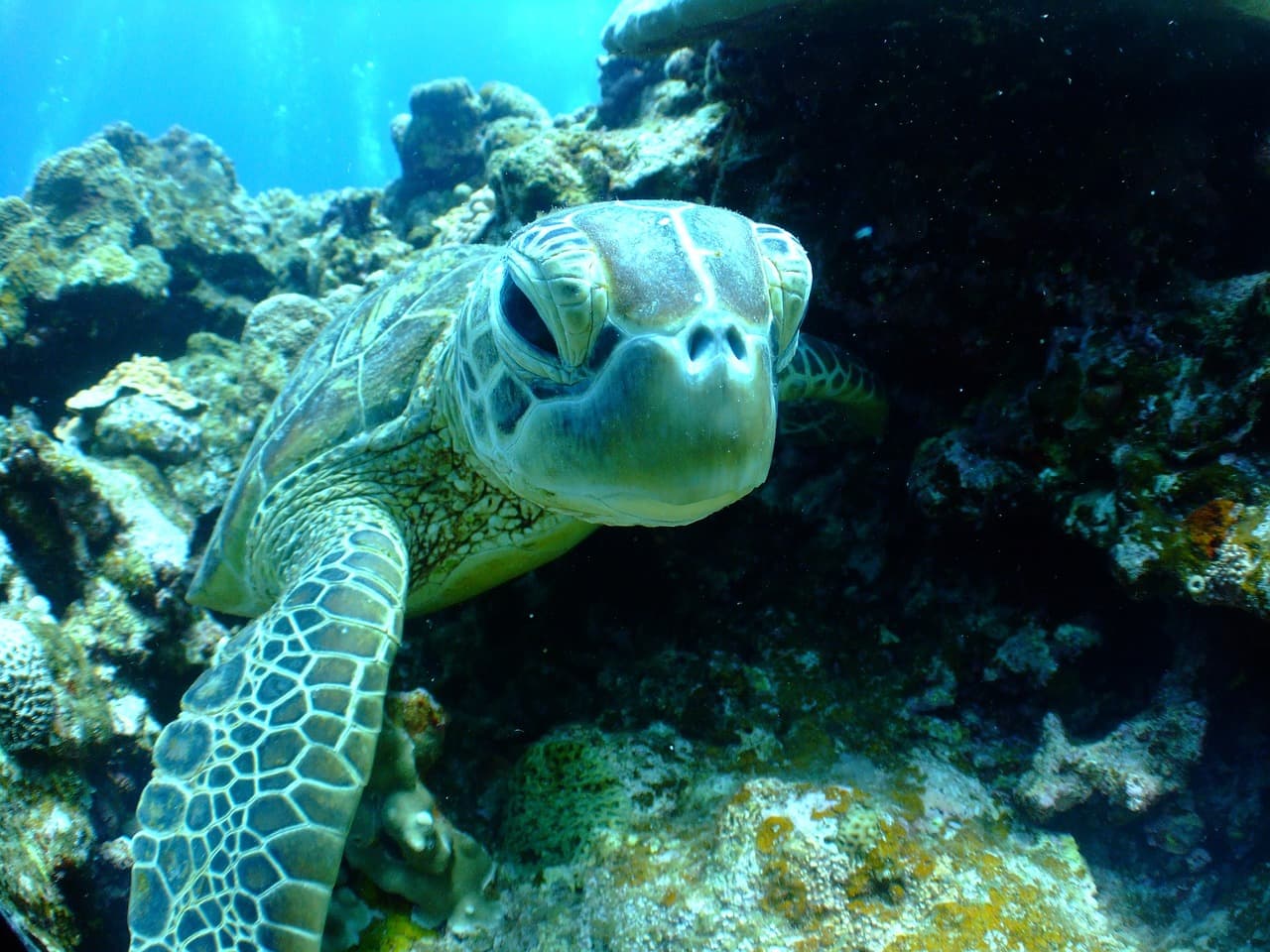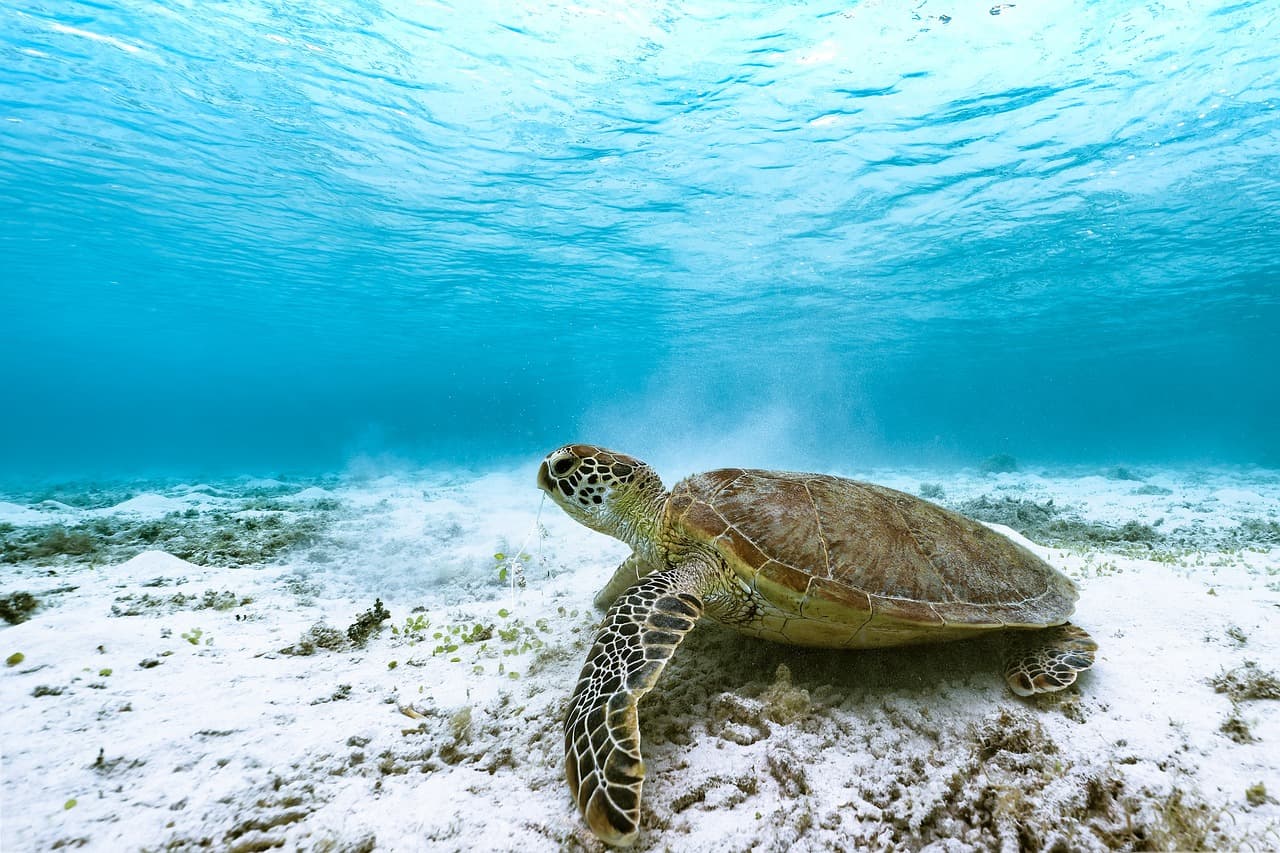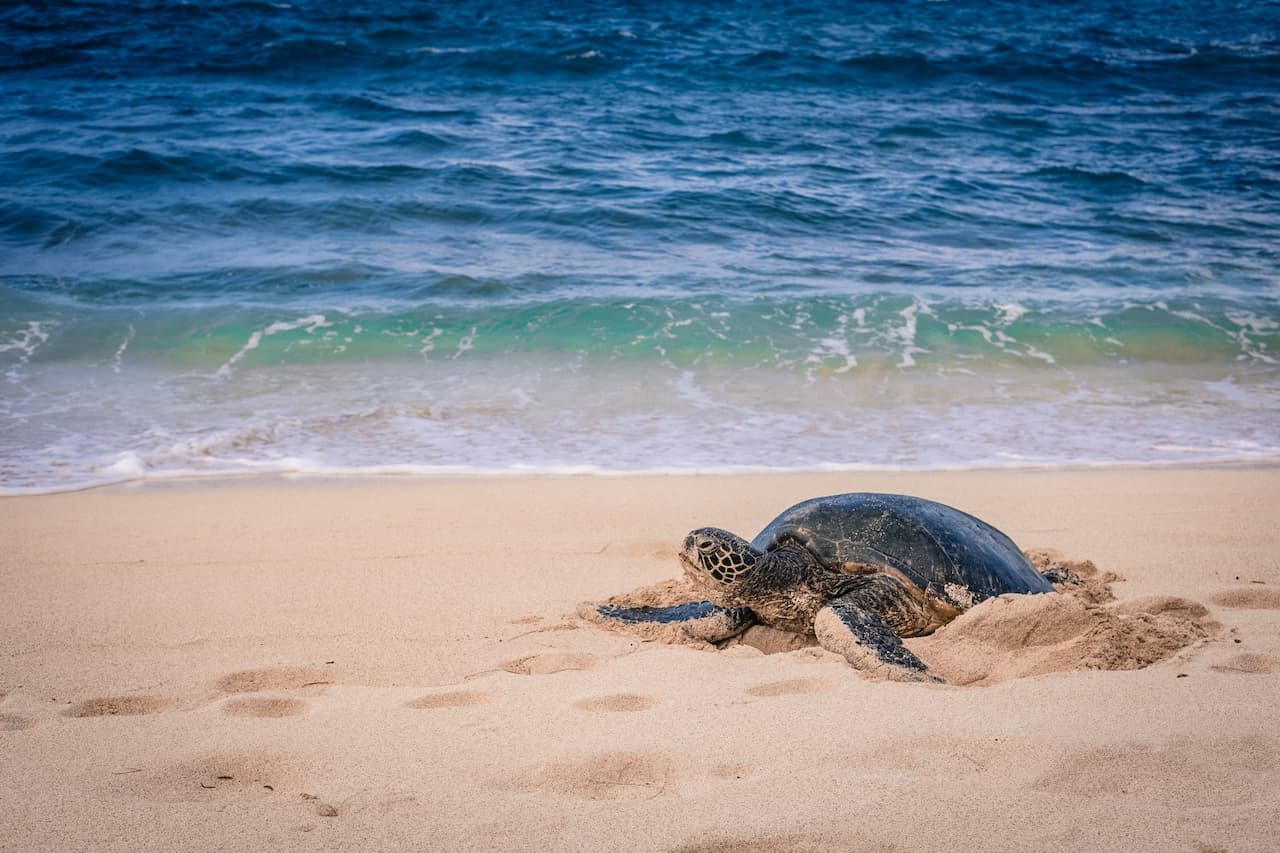Biologists found pieces of plastic in the digestive tracts of baby sea turtles of four species. The amount of plastic found was up to 0.9 percent of the animals’ weight. Scientists believe that young turtles are most at risk because they move farther from shore to avoid predators, but bump into accumulations of floating debris. The study was published in Frontiers in Marine Science.
Baby sea turtles, through evolution, have adapted to swim out into the open ocean to avoid predators in coastal waters, while adults, by contrast, return closer to shore. Also, young turtles are not selective about food and devour anything they find edible. Scientists recently realized that the smell of plastic debris, on which microorganisms and algae grow, attracts sea turtles and they absorb pieces of plastic. These behavioral traits make young ones especially vulnerable as they stumble upon clumps of plastic in the ocean waters and swallow bits of it. The plastic damages the turtles’ digestive tract, and this poses a threat to their lives.
A team of Australian and British biologists led by Brendan J. Godley of the University of Exeter decided to look at how often baby turtles of different species ingest plastic. The researchers spent 28 years studying dead turtles nailed to the shore or caught in nets from the Pacific and Indian Oceans. A total of 58 green turtles (Chelonia mydas), 21 tadpole turtles (Caretta caretta), 28 flatback turtles (Natator depressus), 7 bisons (Eretmochelys imbricata) and 7 olive ridley turtles (Lepidochelys olivacea) were included in the work. The contents of the digestive tract were analyzed in all the animals.
The scientists found that all turtle species, except the bissus, ingested plastic. Animals caught in the Pacific Ocean captured more plastic: 83 percent of green turtles, 86 percent of tadpoles, 80 percent of flatback turtles, and 29 percent of olive ridley turtles. Plastic was also found in turtles from the Indian Ocean, but fewer animals swallowed it: 28 percent of flatback turtles, 21 percent of tadpoles, and 9 percent of green turtles. One green turtle from the Pacific Ocean found 144 pieces of plastic larger than 1 millimeter. In all, the amount of plastic found in the turtles was up to 0.9 percent of their total mass.
It is impossible to know for sure if the sea turtles died from ingesting plastic or from other unrelated causes. Regardless, the extent to which plastic has been found in the digestive tract of sea turtles suggests that more research is needed to assess the effect of ocean pollution on sea turtle populations.
It’s not just turtles that see bits of plastic contaminated with bacteria as food. British biologists have found that microplastics coated with bacteria biofilms are much more readily absorbed by oysters than pure particles.




